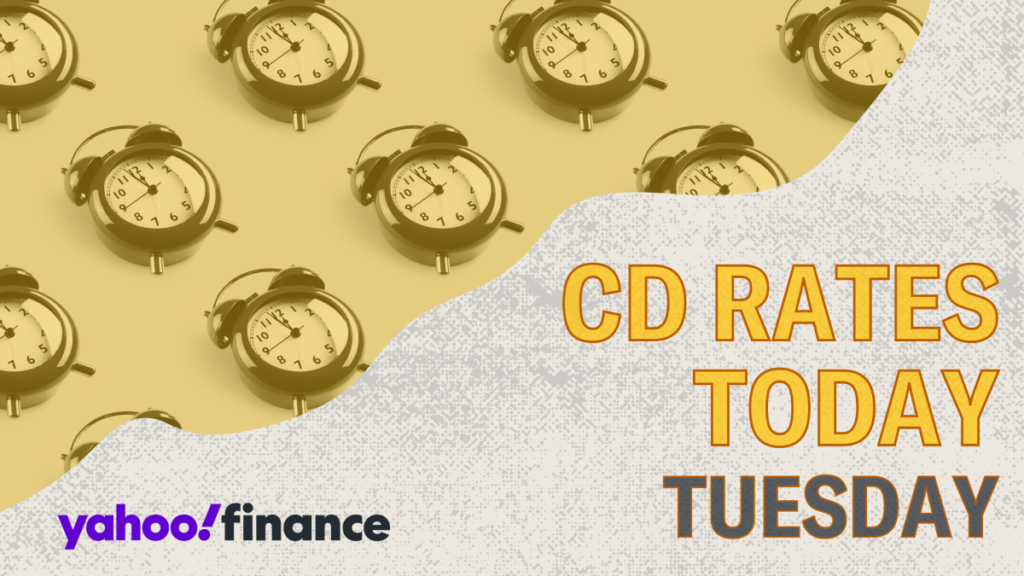In October 2024, the Federal Reserve lowered the federal funds rate, prompting a decrease in deposit account rates, including those for certificates of deposit (CDs). Despite this trend, current market conditions provide an opportunity for investors to lock in competitive returns. Many CDs are now offering rates above 4%, particularly in the shorter-term range. As investors reassess their savings strategies, it’s essential to explore the latest CD rates and identify the best offers. Short-term CDs (six to twelve months) generally provide annual percentage yields (APY) in the range of 4.00% to 4.50%, while medium-term CDs (one to three years) maintain similar rates, albeit with slight decreases as the term extends. Long-term CDs, on the other hand, tend to offer around 4% or lower, which is still appealing compared to traditional savings accounts.
Historically, the evolution of CD rates has been influenced heavily by economic events, beginning with the dot-com bubble in the early 2000s and culminating in the global financial crisis of 2008. Initially, CD rates were relatively stable or high, but they began to decline significantly as the Federal Reserve lowered its target rate to stimulate the economy in response to slowing growth. By 2009, average rates for one-year CDs had plummeted to about 1% APY, while five-year CDs yielded less than 2% APY. The trend persisted into the following decade, characterized by the Fed’s ultra-low interest rate policies aimed at economic recovery after the Great Recession. By 2013, short-term CDs were notorious for their minimal returns, with much lower yields than had been seen in previous years.
From 2015 to 2018, the Federal Reserve’s gradual interest rate increases started to reverse the trend of falling CD rates, reflecting an improving economy. However, the COVID-19 pandemic in early 2020 prompted emergency cuts to interest rates, which ultimately led CD rates to hit record lows once again. This trend was reversed by mid-2022 as inflation rose sharply, motivating the Fed to raise rates aggressively over a series of meetings through July 2023. The culmination of these rate hikes allowed savings products, including CDs, to yield higher rates, with many consumers seeing benefits after a long period of low returns. By September 2024, the Federal Reserve cut rates after judging inflation to be under control, leading to a gradual decrease in CD rates, although rates remained high relative to historical standards.
Interestingly, while longer-term CDs have traditionally yielded higher interest rates than shorter-term CDs due to the extended locking of funds, the current market has tilted towards offering better returns for 12-month CDs. This phenomenon may indicate a flattening or inversion of the yield curve, a situation often seen in uncertain economic climates when investors anticipate declining future interest rates. This situation prompts potential investors to carefully consider their options between choosing short-term and long-term CDs based on their financial situations and future needs.
When navigating the CD landscape, merely identifying high APY rates isn’t enough. Several additional factors should be weighed to identify the best CD for individual financial goals. First and foremost, investors should determine how long they are willing to commit their funds since early withdrawals typically incur penalties. Considering different terms, which can range from a few months to several years, can help determine the best fit for one’s cash flow needs. Another crucial aspect is the type of financial institution. With rates varying widely, prospective investors should not only explore their current banks but should also include local banks, credit unions, and online banks—often able to offer more competitive rates due to their lower overhead costs.
Lastly, understanding the specific terms of the chosen CD account is vital. Each account may come with different conditions concerning maturity dates and withdrawal penalties, which can affect overall returns. It’s important to consider any minimum deposit requirements and whether those align with your financial capabilities. Furthermore, potential investors should keep inflation in mind, particularly with longer-term CDs since inflation may erode real returns over time. By closely evaluating these factors alongside current rates, investors can best position themselves to maximize their returns while preserving their capital.

